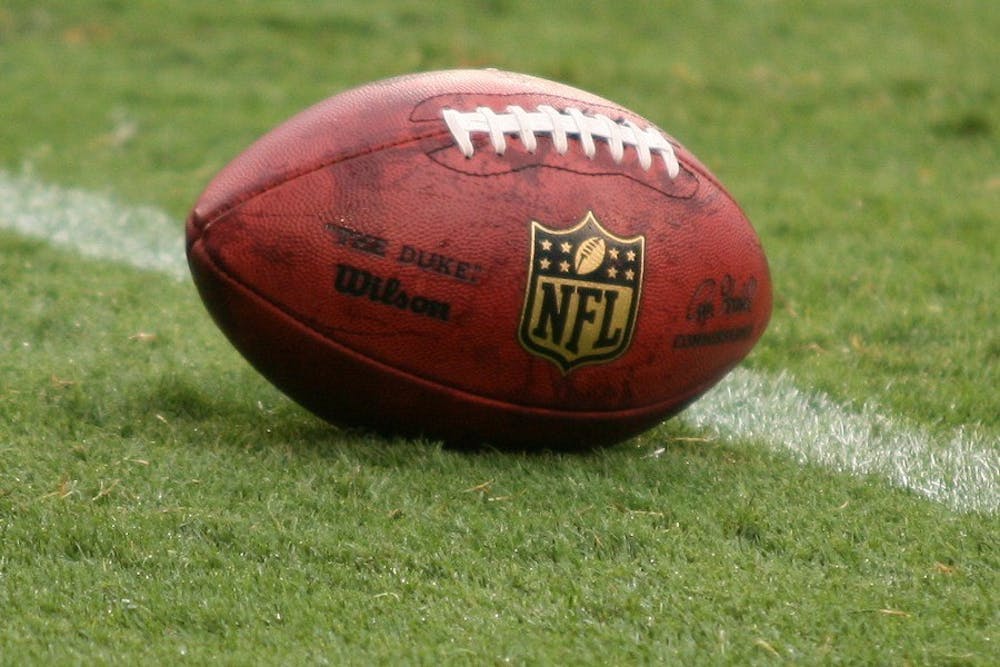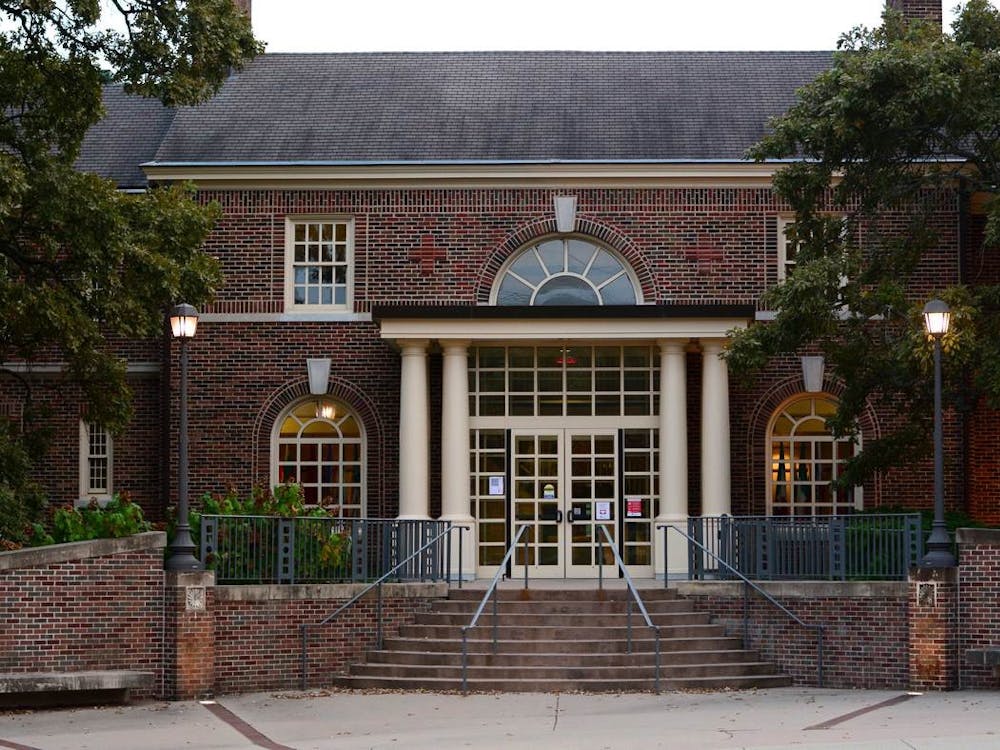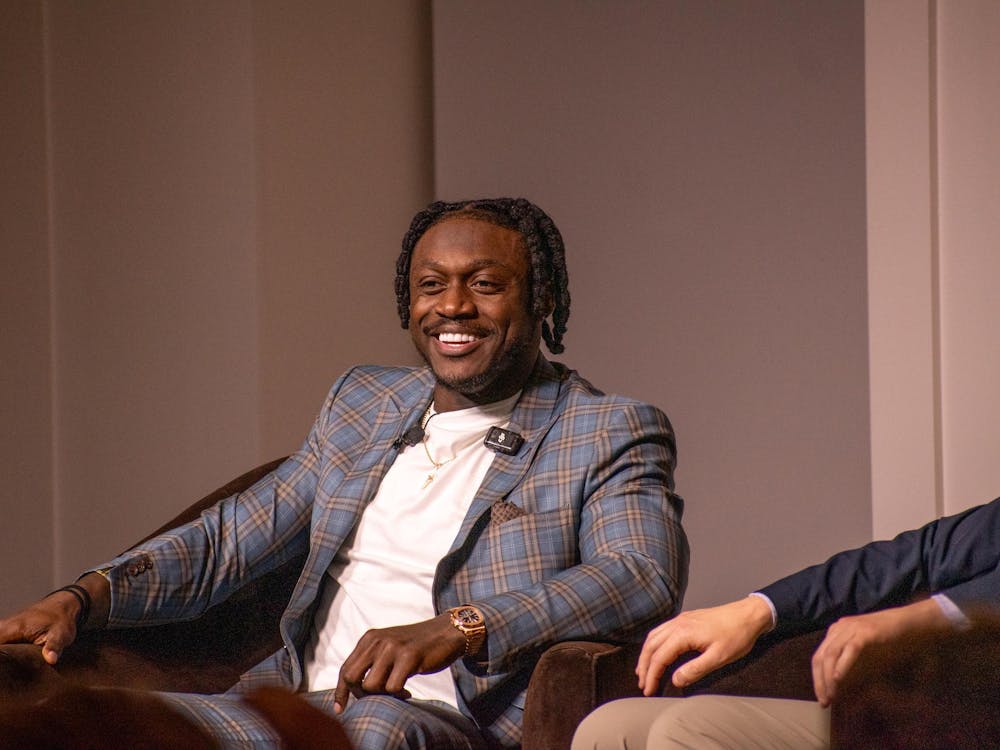By Bonnie Meibers, Senior Staff Writer
Concussions and the dangers associated with the brain damage they cause have been on many people's minds as "Concussion," a movie starring Will Smith and Alec Baldwin, is making its way to theatres this Christmas.
The movie tells the tale of the National Football League's (NFL) efforts to suppress publication of neurological research conducted by Dr. Bennet Omalu on concussions and chronic traumatic encephalopathy (CTE). Both types of brain damage can have serious effects on athletes, if left untreated.
Since the NFL is a business driven by profits from its players, the league treats its players differently than colleges and universities treat their student athletes, said Dr. Stephen Dailey, Miami's football team physician.
"We try to treat all our kids like they're our sons or daughters," said Paul Eversole, Miami's head football athletic trainer.
Dailey treats athletes from all 17 sports teams on Miami's campus. He said he treats four or five concussions a year with football and two or three a year for each of the women's and men's soccer and hockey teams. That adds up to 15 to 20 concussions annually.
"A concussion is taken very seriously, whether it is mild or severe," Dailey said. "Especially in the NCAA."
Student athletes in college are especially at risk because they are not fully cognitively developed. Sam Morris, a sports leadership and management professor, said the ages between 18 and 22 are the most formative for young people's brains. Morris, who coached and played football for many years, said so few people know what the risks of playing football actually are.
"This is really a prevention game, not a treatment game," Morris said.
While concussions cannot be fully prevented by protective equipment or proper technique, diagnosing athletes and educating them about concussions can make a positive impact.
Concussion protocol starts before student athletes even get on campus, Dailey said. They must take a baseline test at the beginning of the year and then take the test again if they show signs of a concussion. If the results of the second test are different than that of the baseline test, the athlete cannot play until he or she can take the test and score at the baseline level again.
Some preventive techniques, like athletes tackling with their heads up, can protect from the effects of a body-to-body collision, according to Dailey. The Seattle Seahawks have begun incorporating tackling techniques from rugby, which hit lower and lead with the shoulder, in an effort to prevent concussions.
Enjoy what you're reading?
Signup for our newsletter
Eversole said strengthening players' neck and shoulder muscles is also a focus. He said that because kids tend to be less active today, they come into college and high school less prepared and prone to injury.
The force with which a player is hit well exceeds what they would need to incur a concussion, so, Morris said, a helmet cannot prevent a concussion. Helmets only marginally reduce and redistribute force.
An athlete should be completely asymptomatic before getting back into the game. However, this is not always the case, Dailey said.
Dailey, who played football for Miami from 1981 to 1984, said he probably had concussions that went undiagnosed and went back to playing before he should have.
"You just talked your way back into the game," said Chuck Martin, head football coach and former player himself.
A pressure to excel is present in collegiate sports, regardless of wins and losses, Morris said. This may lead to student athletes feeling pressured to play through an injury.
"Everything is happening in slow and you really shouldn't be on the field," Martin said. "You would never be out there anymore."
Martin said he believes the sport is now the safest it has ever been. This is not an opinion held by all, however.
"Knowing what I know now, I wouldn't put my son out there," Morris said.




